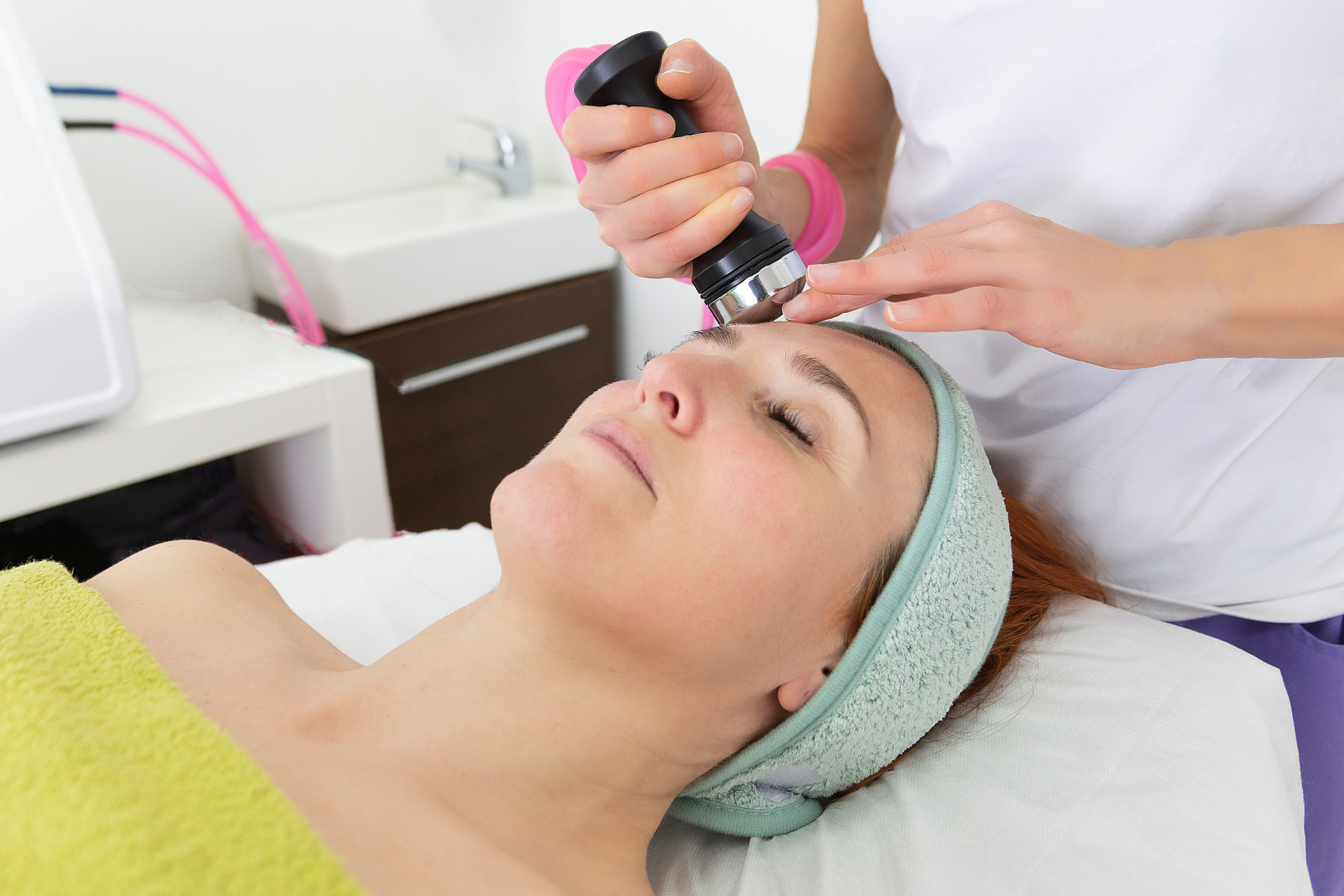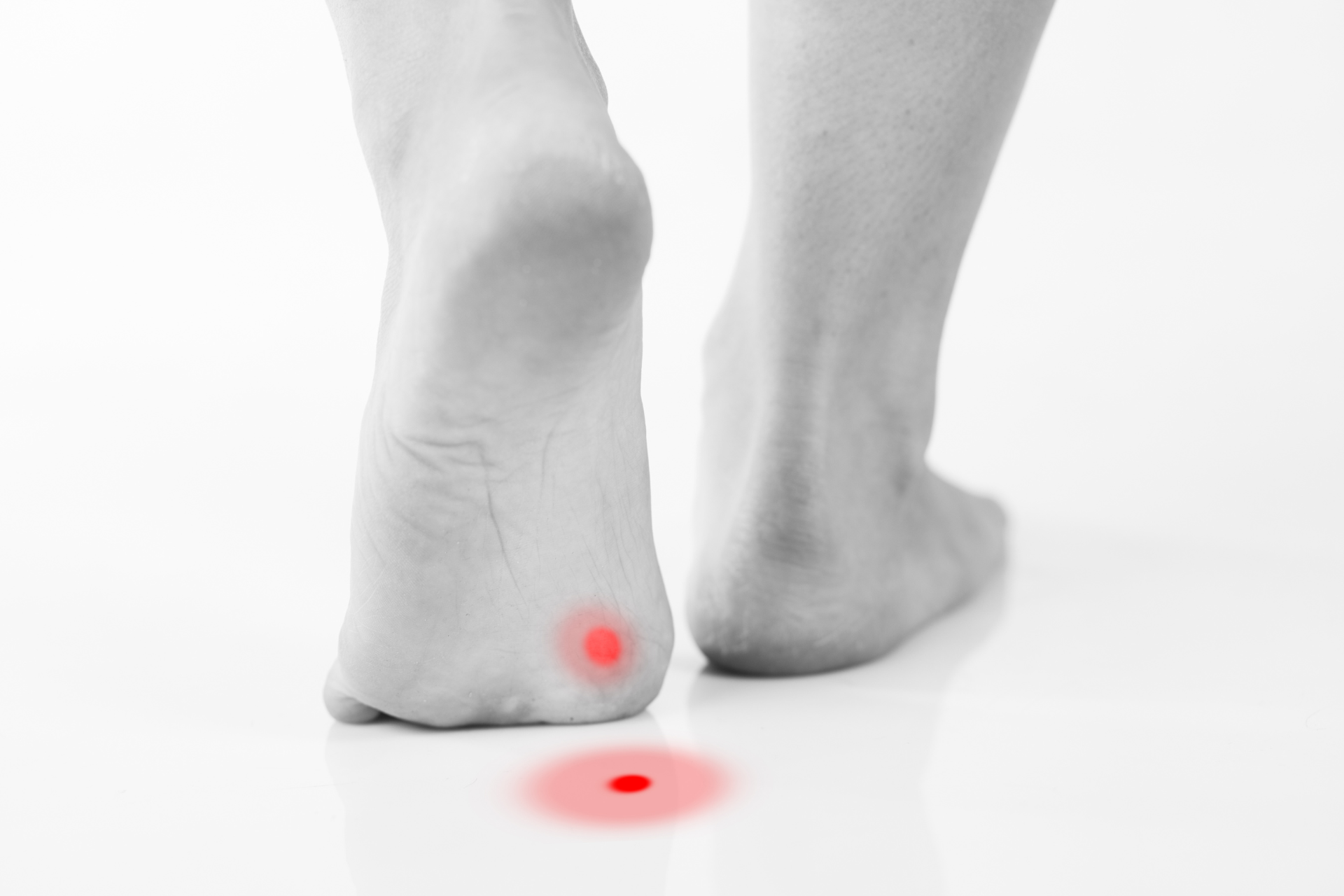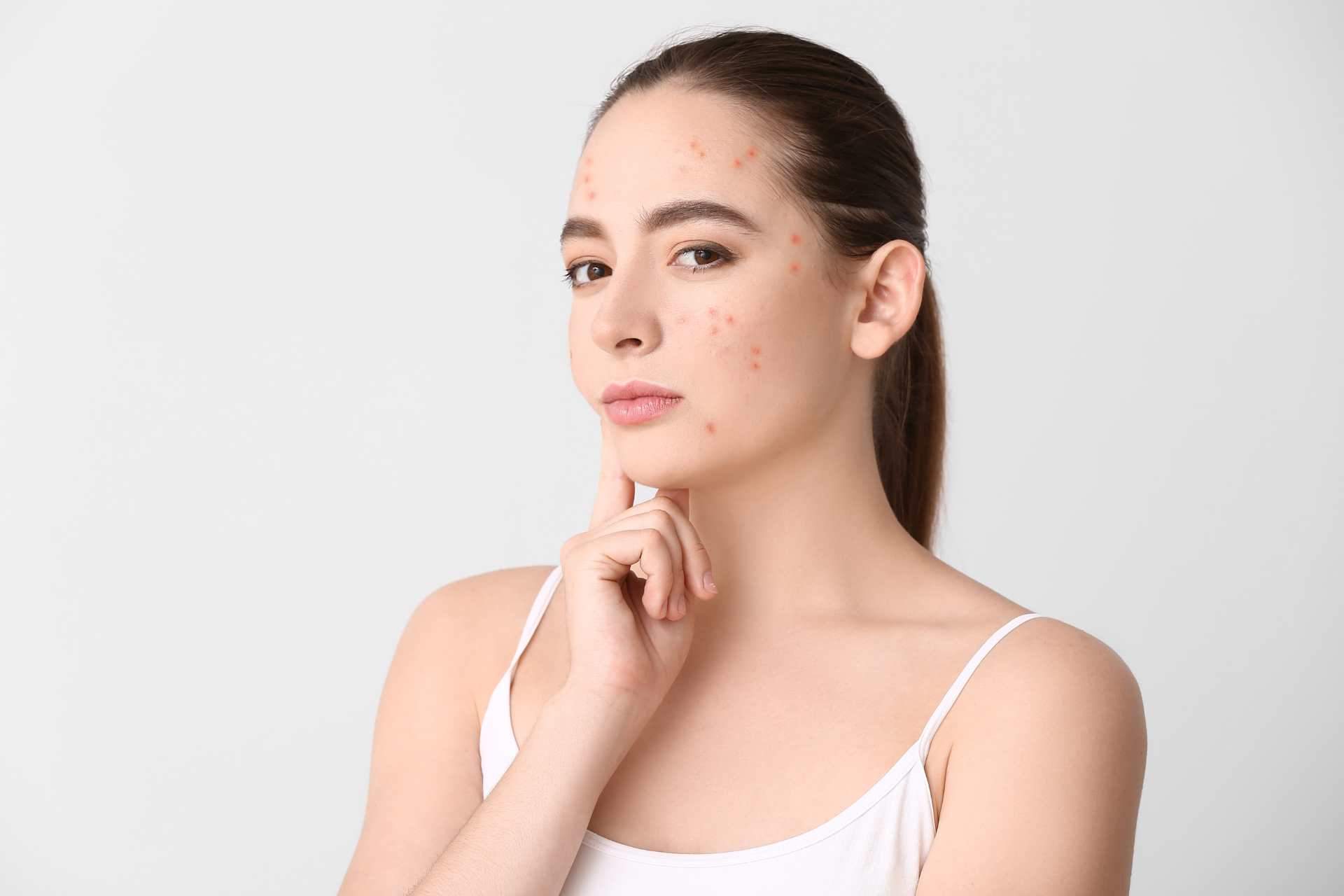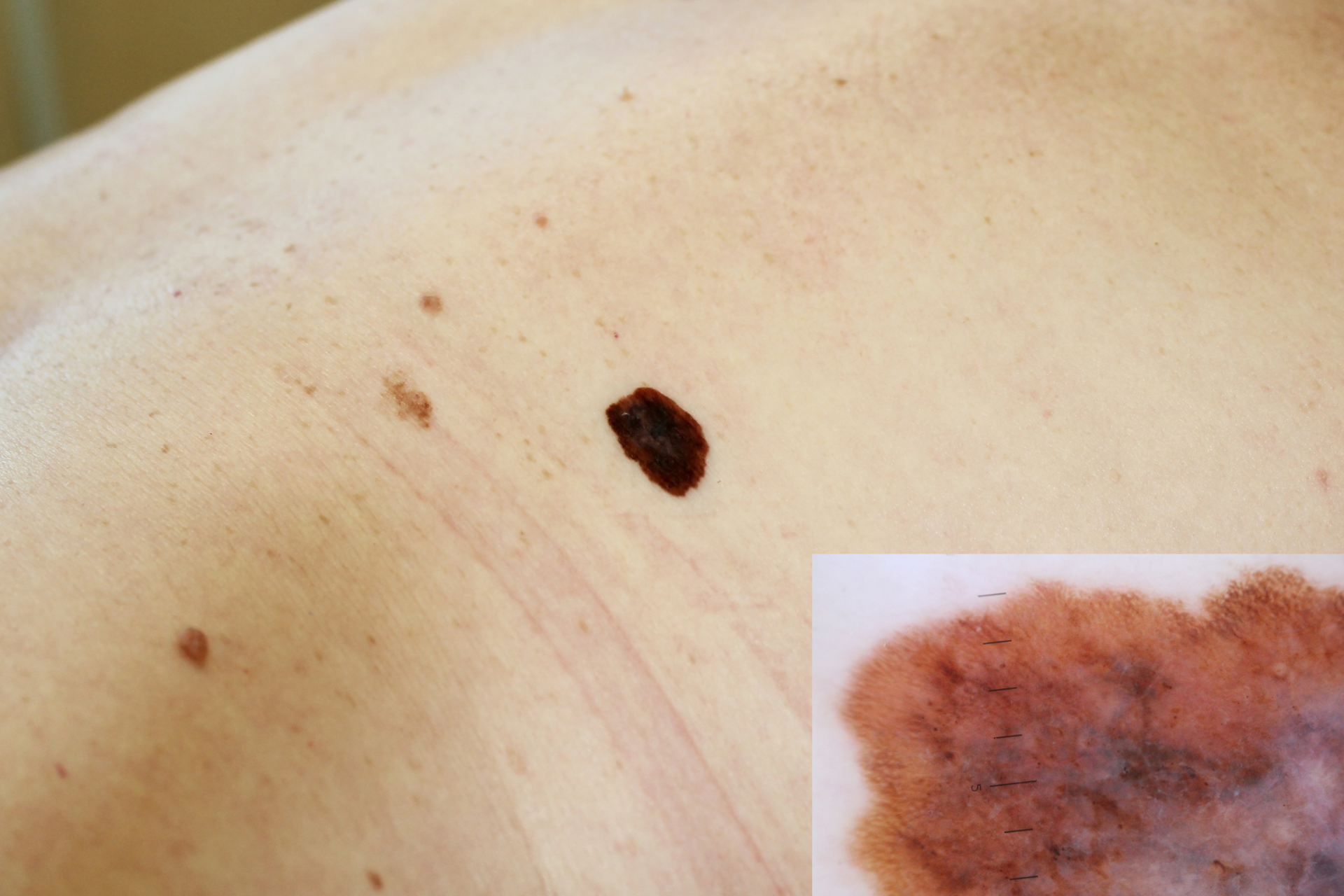Your Guide to Cryosurgery: How It Works and What It Can Treat

At Fall Creek Skin and Health Clinic, we are committed to providing our patients with comprehensive care for both skin-related issues and general health concerns. Cryosurgery is one of the advanced treatment options we offer, and it can be an effective solution for a variety of skin conditions. In this guide, we’ll explore how cryosurgery works and the range of conditions it can successfully treat.
What Is Cryosurgery?
Cryosurgery, commonly referred to as cryotherapy, is a minimally invasive treatment that uses extreme cold to destroy abnormal or diseased tissue. Typically, liquid nitrogen or argon gas is applied to the affected area, causing the targeted tissues to freeze. This freezing process leads to the formation of ice crystals within the cells, resulting in cell death. As the treated area thaws, the dead cells are gradually removed by the body’s natural healing processes.
How Does Cryosurgery Work?
The procedure itself is relatively quick and often performed in an outpatient setting at our clinic. The following steps outline a typical cryosurgery session:
1. Consultation
Before the procedure, you will have a thorough consultation with one of our healthcare professionals. We’ll assess your condition and discuss the potential risks and benefits of cryosurgery.
2. Preparation
Once you’re cleared for the procedure, the treated area will be cleaned and, if necessary, numbed to minimize discomfort.
3. Application
A cryosurgical device will be used to direct the extreme cold at the specific area of concern. The duration of exposure will depend on the size and type of the lesion.
4. Post-Procedure Care
After the application, there may be some immediate swelling and redness, which is normal. Our team will provide you with aftercare instructions to ensure proper healing.
Conditions Treated by Cryosurgery
Cryosurgery can be used to treat a variety of skin-related issues, including:
- Skin Cancer
Cryosurgery is an effective option for certain types of skin cancer, particularly superficial basal cell carcinoma and squamous cell carcinoma. By freezing the cancerous cells, we can help prevent the spread of the disease.
- Precancerous Lesions
Conditions like actinic keratosis can be treated with cryosurgery to stop them from developing into skin cancer.
- Benign Growths
Common benign lesions such as warts, skin tags, and moles can also be treated effectively with cryotherapy.
- Skin Disorders
Conditions like acne, rosacea, and some dermatologic conditions can benefit from cryotherapy, as cold temperatures can reduce inflammation and promote the healing process.
Benefits of Cryosurgery
One of the main advantages of cryosurgery is its minimally invasive nature. Typically, it requires little to no downtime, allowing patients to return to their daily activities shortly after the procedure. Additionally, cryosurgery often results in minimal scarring compared to traditional surgical methods.
At Fall Creek Skin and Health Clinic, we prioritize patient safety and comfort. If you think that cryosurgery might be the right treatment for your skin condition, schedule a consultation with us today. We look forward to helping you on your journey to better skin health!




